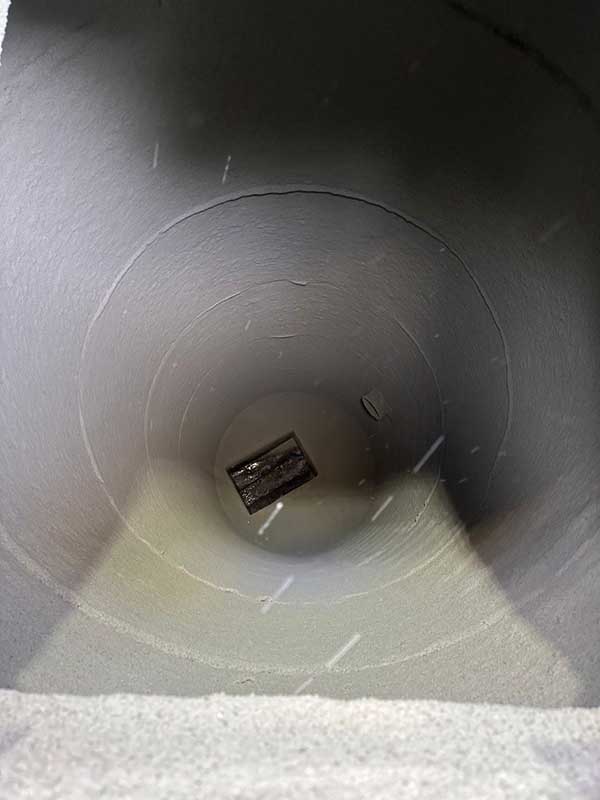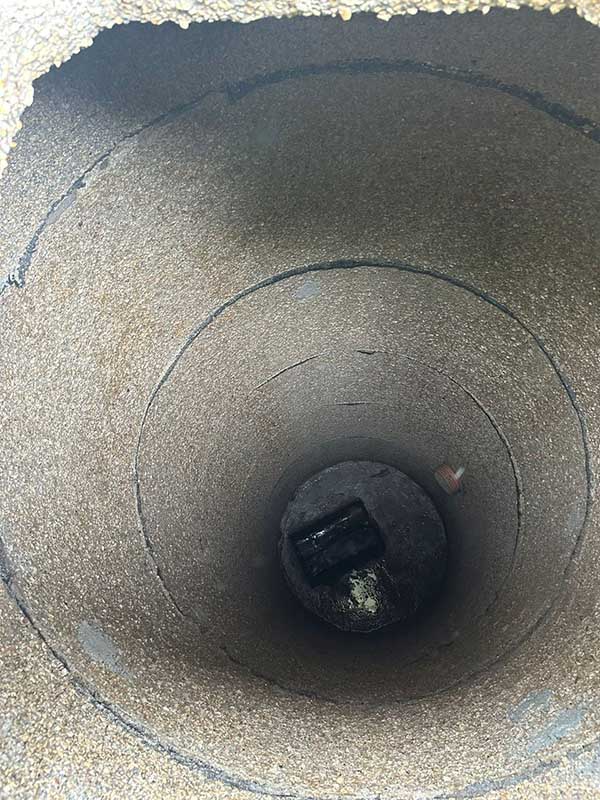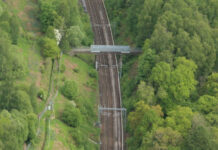
LANES Group has carried out the first spray lining project commissioned by Scottish Water to rehabilitate chambers serving a large wet well in Fife.
The wastewater maintenance and repair specialist revealed the project has strengthened the two chambers on the outfall of the wet well at Lower Largo, preventing the assets from having to be excavated and replaced.
Lanes Group, a framework supplier for Scottish Water, suggested the solution after it was found that the chambers needed to be sealed and strengthened. The company carried out the work for Morrison Construction, a framework contractor delivering design, engineering and construction services for Scottish Water.
Matthew Anderson, connection manager at Morrison Construction, said, “We’d like to thank Lanes Group for applying the innovative Hermes M-Coating system, in conjunction with ERGELIT dry mortars to these very deep chambers. They had been badly affected by hydrogen sulphide corrosion. The spray lining work saved us from having to install temporary works in excess of six metres deep to replace the asset. The carbon savings alone were huge.”
David Beveridge, regional sales manager for Lanes Group, added, “Unless a suitable no-dig rehabilitation solution was found, the only option was to consider replacing the chambers. This would have been a major engineering task, carried out over many weeks, with significant mitigation in place to ensure continuity of wastewater services for wastewater customers.
“The solution Lanes provided, instead, was completed over six days, with all required outputs achieved. This was both highly cost-effective and extremely sustainable, with no inconvenience for customers.”
The spray lining was carried out by Lanes Group Sewer Renovation.

One of the chambers was formed from concrete rings and was 6m deep and 1.2m in diameter. The other was a brick-lined square chamber that was 6m deep and 2m wide.
Each chamber was first cleaned by a remotely-controlled high pressure water jetting system. Mortar was then injected into the joints of the concrete ring chamber to seal them.
In a final process, another remotely-controlled rig was lowered into the chamber to spray-line its walls with a specialist dry mortar.
The computer-controlled system automatically completed 50 coats of each chamber to create a liner 10 millimetres thick, with the coating cured in 24 hours.
Gary Carey, Lanes Group Sewer Renovation technical manager, stated, “The fabric of the chambers had been damaged by a number of contaminants, including raised levels of hydrogen sulphide. The mortar we applied is resistant to these chemical compounds and creates a sealed drainage system with the required structural strength and long-term protection against water infiltration and leakage.”
Spray lining wastewater assets is described as more sustainable than excavation and replacement. In most cases, Lanes said it is also quicker, safer and easier to carry out, using less equipment and materials and more limited confined space entry.
Gary Carey added, “In this instance, the wet well chambers were located just off a single-track rural road but were easy to access by the small Lanes Group spray lining team. Had the chambers needed to be replaced, the same would not be the case for an excavation team with the range of plant and materials they would have to deploy.”











